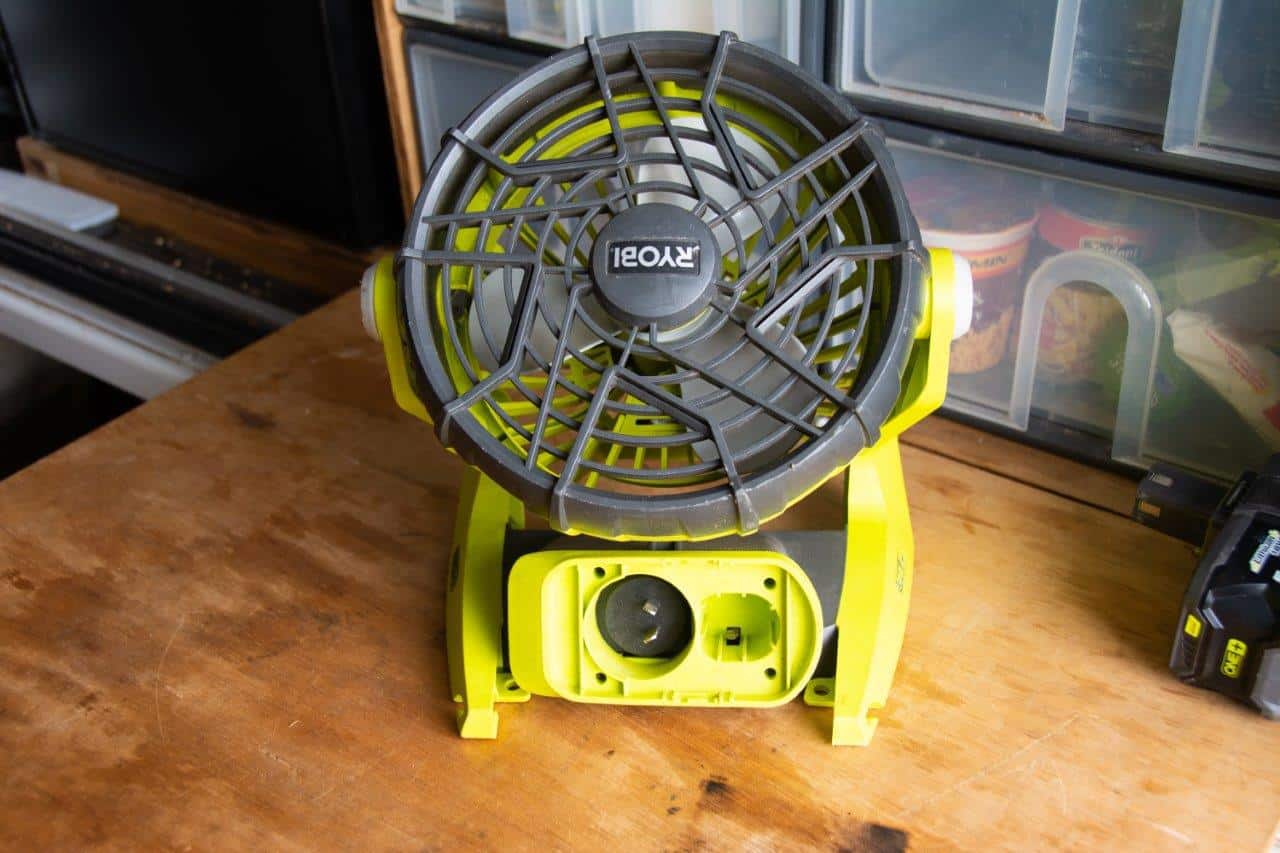

Articles
How Long Does Ryobi Fan Last
Modified: February 29, 2024
Discover the lifespan of Ryobi fan and useful articles on longevity. Find out how long this fan model is designed to last and get expert advice on maintaining its optimal performance.
(Many of the links in this article redirect to a specific reviewed product. Your purchase of these products through affiliate links helps to generate commission for Storables.com, at no extra cost. Learn more)
Introduction
Ryobi fans have become a popular choice for cooling and ventilation, thanks to their efficient performance and durable construction. However, like any other electronic appliance, the lifespan of a Ryobi fan can vary depending on several factors. In this article, we will explore the factors that can affect the lifespan of a Ryobi fan and provide tips on how to prolong its longevity.
Before we dive into the factors, it is important to note that the lifespan of a Ryobi fan can vary from model to model. Some fans may last for several years, while others may require replacement or repair sooner. The following factors will give you a general understanding of what influences the lifespan of your Ryobi fan.
Key Takeaways:
- Proper maintenance, mindful usage, and optimal placement can significantly prolong the lifespan of your Ryobi fan, ensuring efficient cooling and ventilation for years to come.
- Investing in a Ryobi fan with high-quality construction materials and being proactive in following manufacturer’s recommendations can enhance its durability and resistance to wear and tear, contributing to its longevity.
Read more: How Long Does Ryobi Battery Last
Factors affecting the lifespan of a Ryobi fan
Several factors can influence the lifespan of a Ryobi fan. Understanding these factors can help you make informed decisions about how to use and maintain your fan for optimal longevity. Let’s take a closer look at the key factors:
- Quality of construction materials: The quality of the materials used in the construction of a Ryobi fan can greatly impact its lifespan. Fans made from durable and high-quality materials are likely to last longer compared to those made from cheaper and less durable materials.
- Frequency and duration of usage: The amount of time you use your Ryobi fan can significantly affect its lifespan. If you constantly run the fan for extended periods, it may put excessive strain on the motor and other components, potentially reducing its longevity. It is important to use the fan judiciously and give it some rest to prevent overworking the internal mechanisms.
- Maintenance and care: Regular maintenance and proper care can greatly prolong the lifespan of a Ryobi fan. Cleaning the fan blades, removing dust and debris, and oiling the motor (if applicable) can help keep the fan running smoothly. Neglecting maintenance tasks can lead to the accumulation of dirt, causing the fan to work harder and potentially leading to premature failure.
- Environmental conditions: The environment in which the fan operates can also impact its lifespan. High humidity levels, exposure to extreme temperatures, and dusty environments can all contribute to the wear and tear of the fan. If possible, try to avoid placing the fan in areas with excessive moisture or direct sunlight, as these conditions can accelerate the degradation of the fan’s internal components.
These factors, combined or individually, influence the overall lifespan of a Ryobi fan. By understanding and taking appropriate measures to address these factors, you can help ensure that your fan operates optimally and enjoys a long lifespan.
Quality of construction materials
The quality of construction materials used in a Ryobi fan plays a significant role in determining its lifespan. High-quality materials are more durable, reliable, and less prone to wear and tear, resulting in a fan that can withstand years of use. Here are some important aspects to consider when evaluating the quality of construction materials in a Ryobi fan:
- Housing: The housing of a Ryobi fan should be made of sturdy and impact-resistant material, such as high-grade plastic or metal. A well-constructed housing not only protects the internal components but also ensures the fan can withstand accidental knocks or drops without significant damage.
- Blades: The fan blades should be made of durable materials, such as high-quality plastic or metal alloys. These materials are less likely to break or warp over time, ensuring smooth and efficient airflow. Additionally, blades with a balanced design can reduce vibration, minimizing strain on the motor and enhancing overall longevity.
- Motor: The motor is the heart of the fan and plays a crucial role in its performance and lifespan. Look for fans with motors that are designed to be robust and have high-quality internal components. Motors with proper insulation, superior bearings, and efficient cooling mechanisms are more likely to have a longer lifespan and endure continuous usage without overheating or premature failure.
- Internal components: Apart from the housing and motor, other internal components, such as switches, wiring, and connectors, should also be of good quality. These components contribute to the overall functionality of the fan and can impact its lifespan. Cheap or subpar internal components may be prone to malfunction or wear out quickly, leading to a shorter lifespan for the fan.
When researching and purchasing a Ryobi fan, it is important to consider the quality of construction materials. Look for models that prioritize durability and reliability, even if they come at a slightly higher price point. Investing in a fan with high-quality construction materials can pay off in the long run, as it can withstand regular usage and potentially last for many years.
Frequency and duration of usage
One of the key factors that can significantly impact the lifespan of a Ryobi fan is the frequency and duration of its usage. Overusing or continuously running the fan for extended periods can put excessive strain on its internal components, leading to premature wear and potential failure. Here are some important considerations regarding the frequency and duration of using your Ryobi fan:
- Intermittent usage: Using the fan intermittently, rather than constantly running it, can help prolong its lifespan. Allowing the fan to rest periodically gives its internal mechanisms a break, reducing the risk of overheating and strain on the motor. Consider using the fan in short bursts or only when necessary, especially during cooler times of the day.
- Avoiding continuous usage: While some situations may require continuous usage of the fan, it is advisable to avoid running it continuously for extended periods whenever possible. Continuous usage can lead to the accumulation of heat and internal wear, increasing the chances of motor burnout or other component failures. If you need prolonged ventilation, consider using the fan in conjunction with other cooling methods.
- Proper airflow management: Ensuring proper airflow management within the room or space can also contribute to the longevity of the Ryobi fan. By strategically placing the fan in an area where it can effectively distribute airflow, you can help optimize its performance while minimizing the runtime needed to achieve desired cooling. This not only reduces the strain on the fan but can also save energy in the long run.
- Avoiding unnecessary strain: Be mindful of the fan’s capabilities and avoid overburdening it. For example, using the fan to cool a room that is too large for its capacity may force the fan to work harder, leading to premature wear and tear. It is important to choose an appropriately sized fan for the space it will be used in, ensuring that it can provide adequate airflow without excessive strain.
By being mindful of the frequency and duration of usage, you can help extend the lifespan of your Ryobi fan. Using the fan judiciously, allowing for rest periods, and optimizing airflow management can contribute to its longevity and ensure that it continues to provide efficient cooling and ventilation for years to come.
Maintenance and care
Proper maintenance and care are essential for maximizing the lifespan of your Ryobi fan. Regular upkeep not only keeps the fan running smoothly and efficiently but also helps prevent premature wear and potential breakdowns. Here are some important maintenance and care tips to consider:
- Cleaning the fan: Dust and debris can accumulate on the fan blades and hinder proper airflow, resulting in reduced performance and strain on the motor. Regularly clean the fan blades using a soft cloth or brush to remove any build-up. Avoid using harsh chemicals or abrasive cleaners that may damage the fan’s surface or affect its functionality.
- Lubrication, if applicable: Some Ryobi fans have motors that require lubrication for optimal performance. Refer to the manufacturer’s instructions to determine if your fan’s motor needs lubrication and how often it should be done. Use a suitable lubricant recommended by the manufacturer and follow the proper procedure to ensure proper lubrication without overdoing it.
- Inspecting for damage: Routinely inspect your Ryobi fan for any signs of damage, such as cracked housing, loose screws, or frayed wires. If you notice any issues, promptly address them to prevent further damage or safety hazards. It is recommended to unplug the fan before performing any inspection or maintenance to ensure your safety.
- Store properly: When not in use, store your Ryobi fan in a clean and dry location to prevent dust accumulation and potential damage. Keep it away from extreme temperatures, direct sunlight, or areas with high humidity, as these conditions can degrade the fan’s internal components over time.
- Follow manufacturer guidelines: Always refer to the manufacturer’s guidelines and recommendations for maintenance and care specific to your Ryobi fan model. Different models may have different maintenance requirements, so it’s important to follow the instructions provided to ensure proper care and optimal performance.
By implementing a regular maintenance routine and following these care tips, you can help prolong the lifespan of your Ryobi fan. Regular cleaning, proper lubrication (if applicable), and prompt addressing of any damage or issues will ensure that your fan operates at its best for an extended period of time.
To ensure your Ryobi fan lasts as long as possible, regularly clean the blades and housing to prevent dust buildup, and store it in a dry, cool place when not in use. Regular maintenance can help extend the lifespan of your fan.
Read more: How Long Does An Attic Fan Last
Environmental conditions
The environmental conditions in which your Ryobi fan operates can have a significant impact on its lifespan. Factors such as humidity levels, extreme temperatures, and exposure to dust or other contaminants can affect the fan’s performance and durability. Here are some important considerations regarding environmental conditions:
- Humidity: High humidity levels can lead to the accumulation of moisture inside the fan, potentially causing corrosion and damage to its internal components. Avoid placing the fan in areas with excessive humidity, such as bathrooms or near sources of moisture. If you live in a humid climate, use a dehumidifier to regulate the humidity levels in the room where the fan is used.
- Extreme temperatures: Exposure to extreme temperatures can also impact the lifespan of your Ryobi fan. High temperatures can cause the fan’s motor to overheat, leading to premature wear and potential failure. On the other hand, very low temperatures can affect the lubrication of the motor and make the fan less efficient. Avoid placing the fan in areas with direct sunlight or extreme cold, and maintain a moderate temperature range to ensure optimal performance.
- Dusty environments: Dust and other airborne particles can accumulate on the fan’s blades and housing, hampering its performance and potentially leading to motor strain. If you live in a dusty environment or use the fan in areas with high levels of dust, clean the fan more frequently to prevent the build-up of debris. Consider using air purifiers or regularly dusting the room to minimize the amount of dust in the environment.
- Avoiding exposure to moisture: Moisture can damage the internal components of your Ryobi fan, leading to malfunctions or even electrical hazards. Keep the fan away from sources of water, such as open windows during rain showers or areas prone to leaks. If you notice any water damage or suspect moisture ingress, unplug the fan immediately and have it inspected by a professional before using it again.
By being mindful of the environmental conditions in which your Ryobi fan operates, you can help prolong its lifespan. Avoiding excessive humidity, extreme temperatures, dusty environments, and exposure to moisture will contribute to the fan’s optimal performance and ensure that it continues to function reliably for an extended period of time.
Signs of a fan reaching its lifespan
Over time, even with proper care and maintenance, a Ryobi fan may start to show signs of reaching its lifespan. Recognizing these signs can help you anticipate and plan for a replacement or repair. Here are some common indicators that your fan may be nearing its lifespan:
- Decreased performance: If you notice a noticeable decline in the fan’s performance, such as reduced airflow or inadequate cooling, it could be a sign that the internal components are wearing out. The motor may not be running as efficiently as before, and the fan blades might be worn or warped, resulting in decreased performance.
- Unusual noises: A fan that is nearing its lifespan may start to produce unusual sounds during operation. These noises can include rattling, grinding, or squeaking sounds, indicating that the fan’s internal components are experiencing increased friction or wear. Ignoring these noises could lead to further damage or even complete failure of the fan.
- Frequent breakdowns: If your Ryobi fan is experiencing frequent breakdowns or malfunctions, despite regular maintenance and care, it may be a sign that its internal components are deteriorating. Investing in frequent repairs can become costlier than replacing the fan with a new one that offers better reliability and longevity.
- Visible damage: Physical damage to the fan, such as cracks or breaks in the housing, loose screws, or frayed wires, is a clear indication that the fan has been subjected to wear and tear. These visible signs of damage can compromise the fan’s functionality and pose safety risks, indicating that it may be time to replace the unit.
- Inefficiency: If you notice that your fan is consuming more energy than usual or not providing the same level of cooling despite regular cleaning and maintenance, it could be a sign of internal wear and reduced efficiency. An inefficient fan may not be able to adequately cool or ventilate a space, indicating the need for a replacement.
If you observe any of these signs, it may be a good idea to consider replacing your Ryobi fan. While it is possible to repair certain issues, if the fan is reaching its lifespan, investing in a new fan can provide better performance, increased energy efficiency, and peace of mind.
How to prolong the lifespan of a Ryobi fan
If you want to maximize the lifespan of your Ryobi fan and ensure that it continues to operate efficiently for years to come, here are some tips to follow:
- Regular maintenance: Implement a regular maintenance routine for your fan. Clean the fan blades and housing regularly to remove dust and debris that can hinder performance. Follow the manufacturer’s instructions for proper cleaning techniques and avoid using harsh chemicals that can damage the fan’s surface.
- Proper usage: Use the fan judiciously and avoid overworking it. Do not continuously run the fan for long periods, and give it regular rest intervals to prevent excessive strain on the motor and internal components. Use the fan in conjunction with other cooling methods to minimize the workload on the fan.
- Optimal placement: Place the fan in an area that allows for proper airflow distribution. Ensure that the fan is not obstructed by furniture or other objects that could impede airflow. Proper placement will help the fan operate more efficiently and reduce the strain on its components.
- Avoid extreme conditions: Protect the fan from exposure to extreme temperatures, direct sunlight, high humidity, and dusty environments. Extreme conditions can accelerate wear and tear and damage the internal components. Keep the fan in a controlled environment to prolong its lifespan.
- Handle with care: Handle the fan with care to avoid physical damage. Avoid dropping the fan or subjecting it to rough handling. Secure the fan when transporting or storing it to prevent any accidental damage that may affect its performance.
- Follow manufacturer recommendations: Refer to the manufacturer’s guidelines and recommendations for proper usage, maintenance, and repairs. Follow their instructions for lubrication (if applicable) and any specific care instructions for your particular model of Ryobi fan. Properly following the manufacturer’s recommendations will help ensure the longevity of the fan.
By following these tips, you can significantly prolong the lifespan of your Ryobi fan. Regular maintenance, mindful usage, optimal placement, and adhering to the manufacturer’s recommendations will help keep your fan running smoothly and efficiently for an extended period of time.
Conclusion
Ryobi fans are reliable and efficient cooling solutions, but their lifespan can vary depending on various factors. Understanding and addressing these factors can help prolong the lifespan of your Ryobi fan, ensuring that it continues to provide optimal performance and comfort. By considering the quality of construction materials, managing the frequency and duration of usage, practicing regular maintenance and care, and being mindful of the environmental conditions, you can significantly enhance the longevity of your fan.
Choosing a Ryobi fan with high-quality construction materials ensures its durability and resistance to wear and tear. Using the fan judiciously and allowing for rest periods helps prevent overworking the motor and other internal components. Regular maintenance, including cleaning the fan, lubrication (if applicable), and inspecting for damage, helps keep it running smoothly and efficiently. Paying attention to the environmental conditions, such as humidity, extreme temperatures, and dust levels, can help protect the fan from potential damage.
Recognizing the signs of a fan reaching its lifespan, such as decreased performance, unusual noises, frequent breakdowns, visible damage, and inefficiency, can prompt timely replacement or repair. To extend the lifespan of your Ryobi fan, be proactive in following the manufacturer’s recommendations, investing in proper usage, and handling it with care.
By implementing these measures, you can prolong the lifespan of your Ryobi fan, enjoying reliable cooling and ventilation for years to come. Remember, proper maintenance and care not only enhance the lifespan of your fan but also contribute to its optimal performance, saving you money and ensuring your comfort throughout its lifespan.
Frequently Asked Questions about How Long Does Ryobi Fan Last
Was this page helpful?
At Storables.com, we guarantee accurate and reliable information. Our content, validated by Expert Board Contributors, is crafted following stringent Editorial Policies. We're committed to providing you with well-researched, expert-backed insights for all your informational needs.
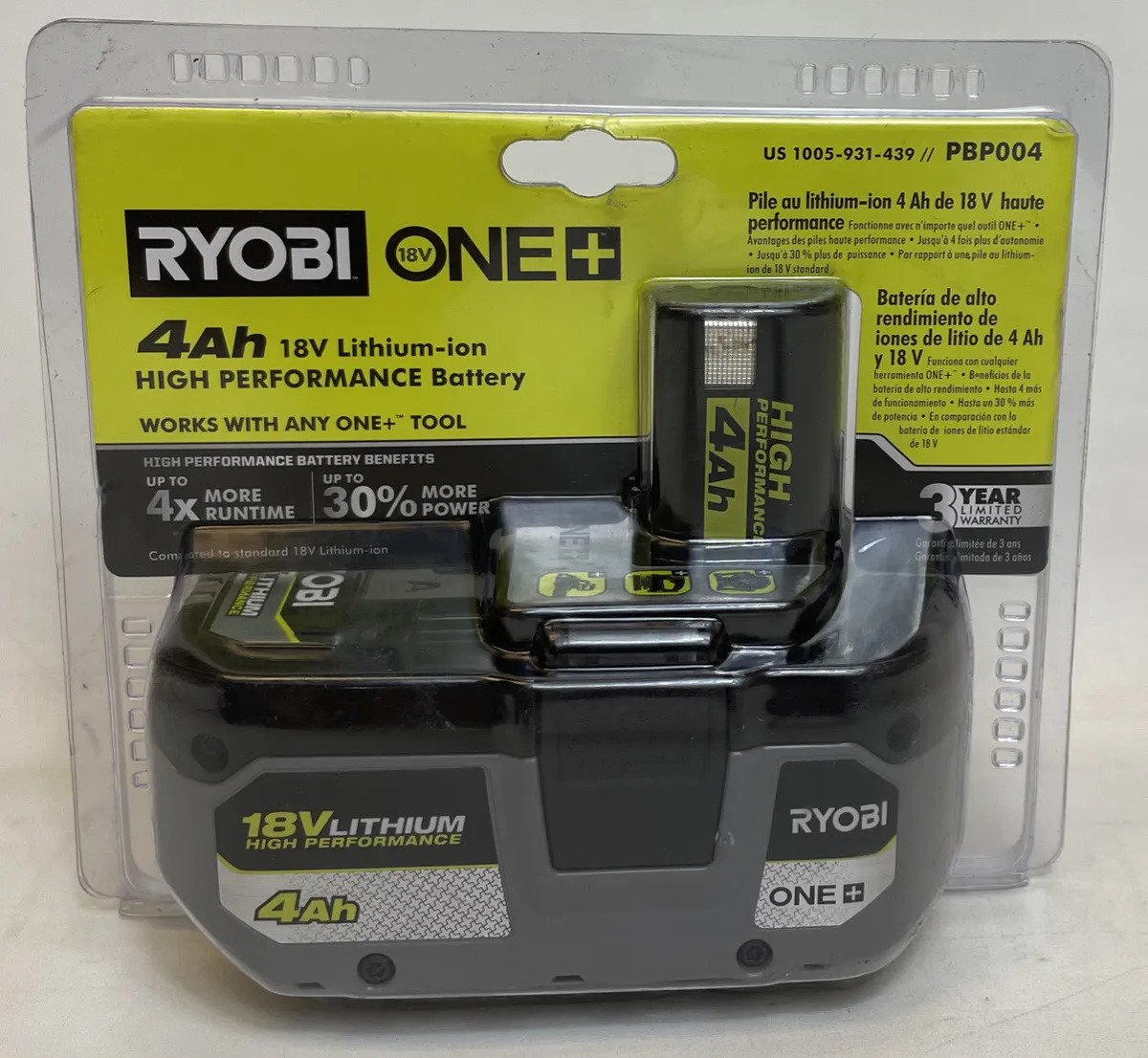
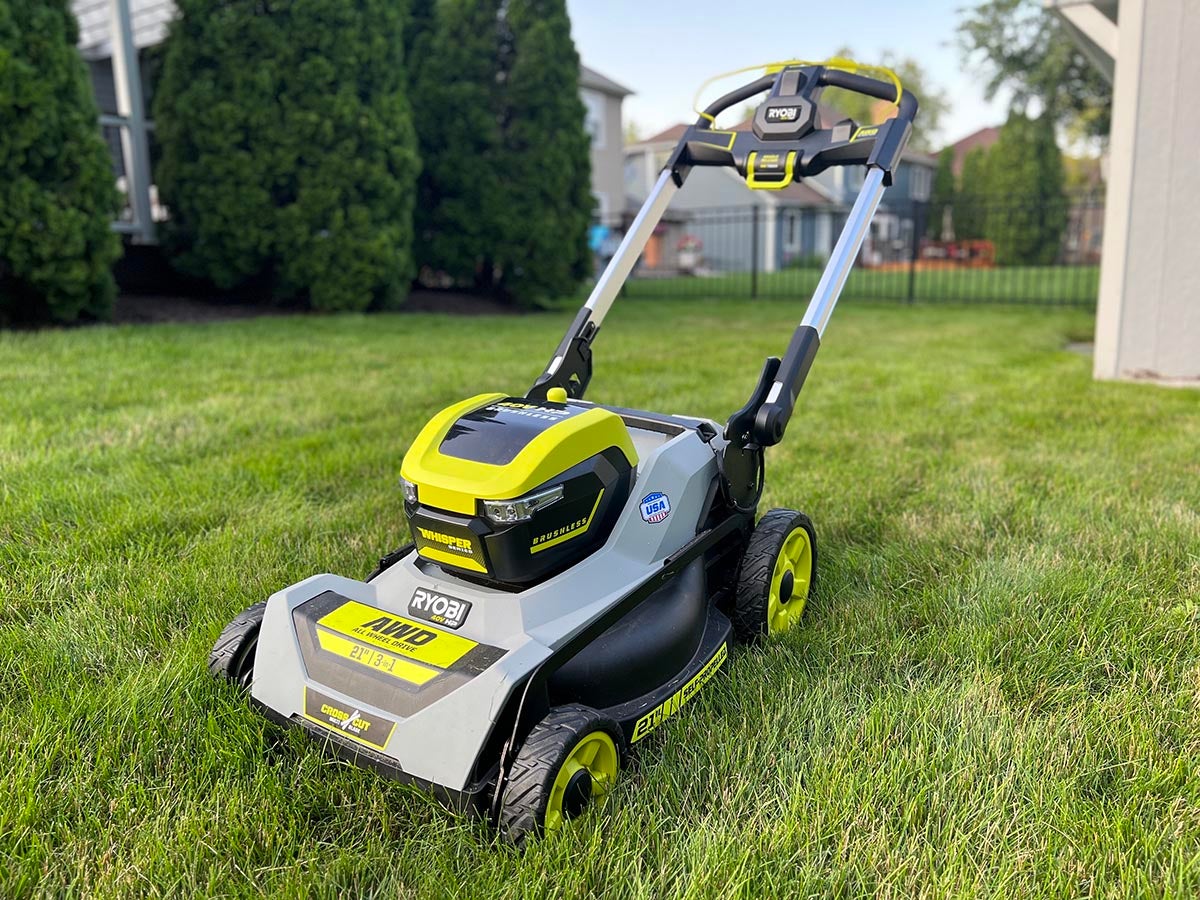
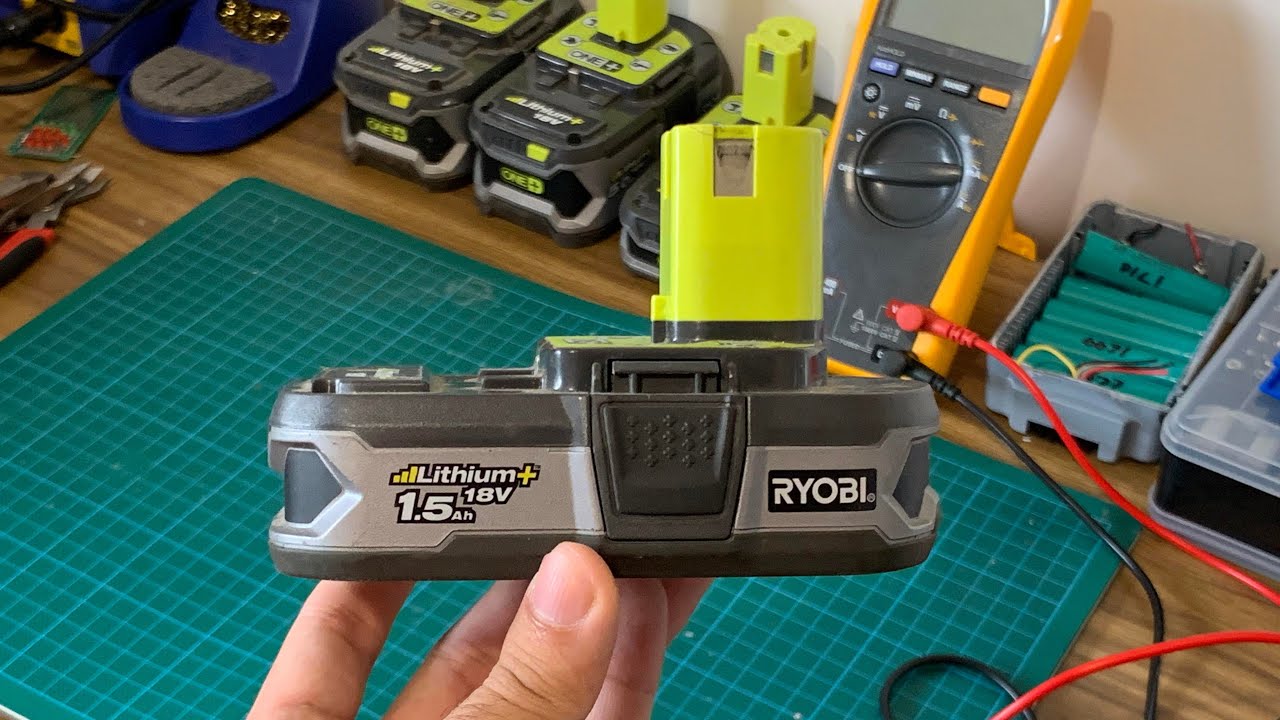
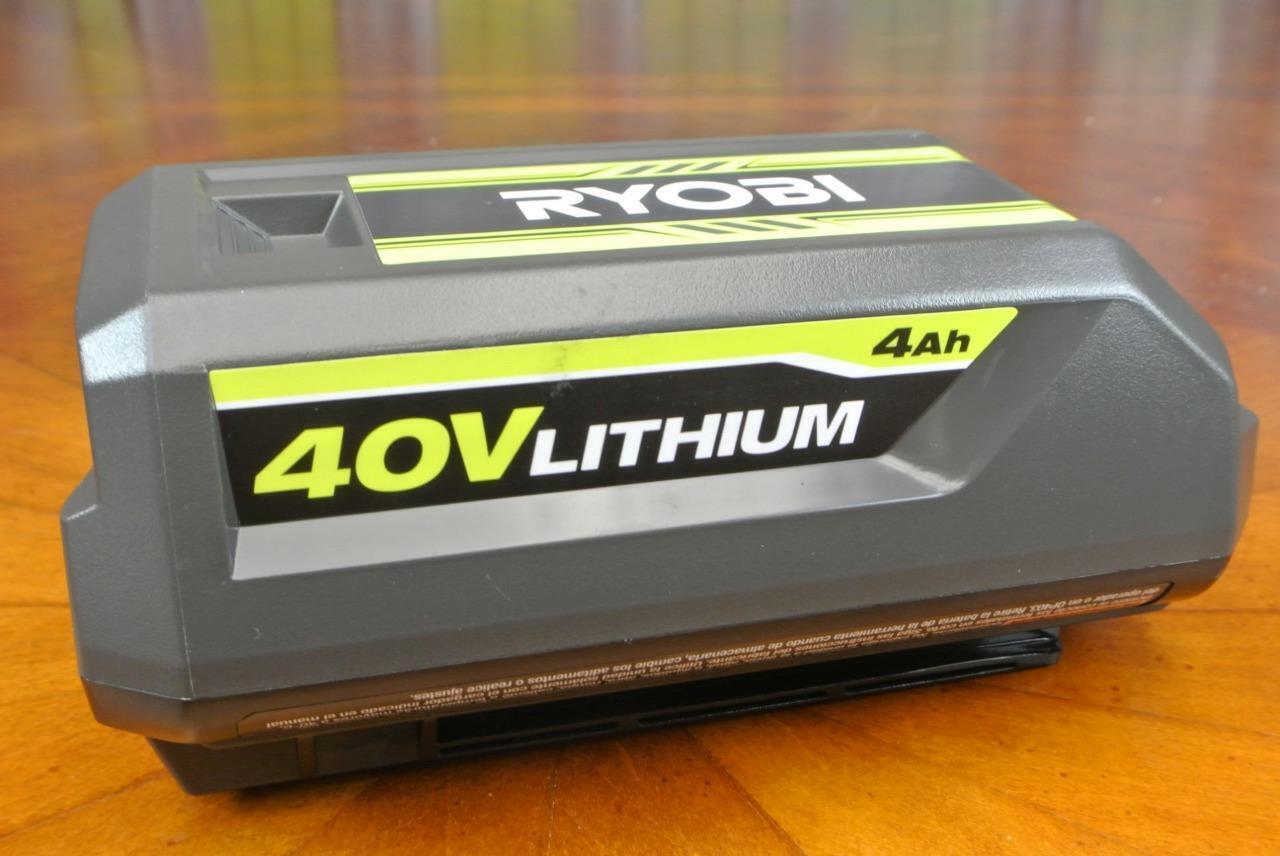
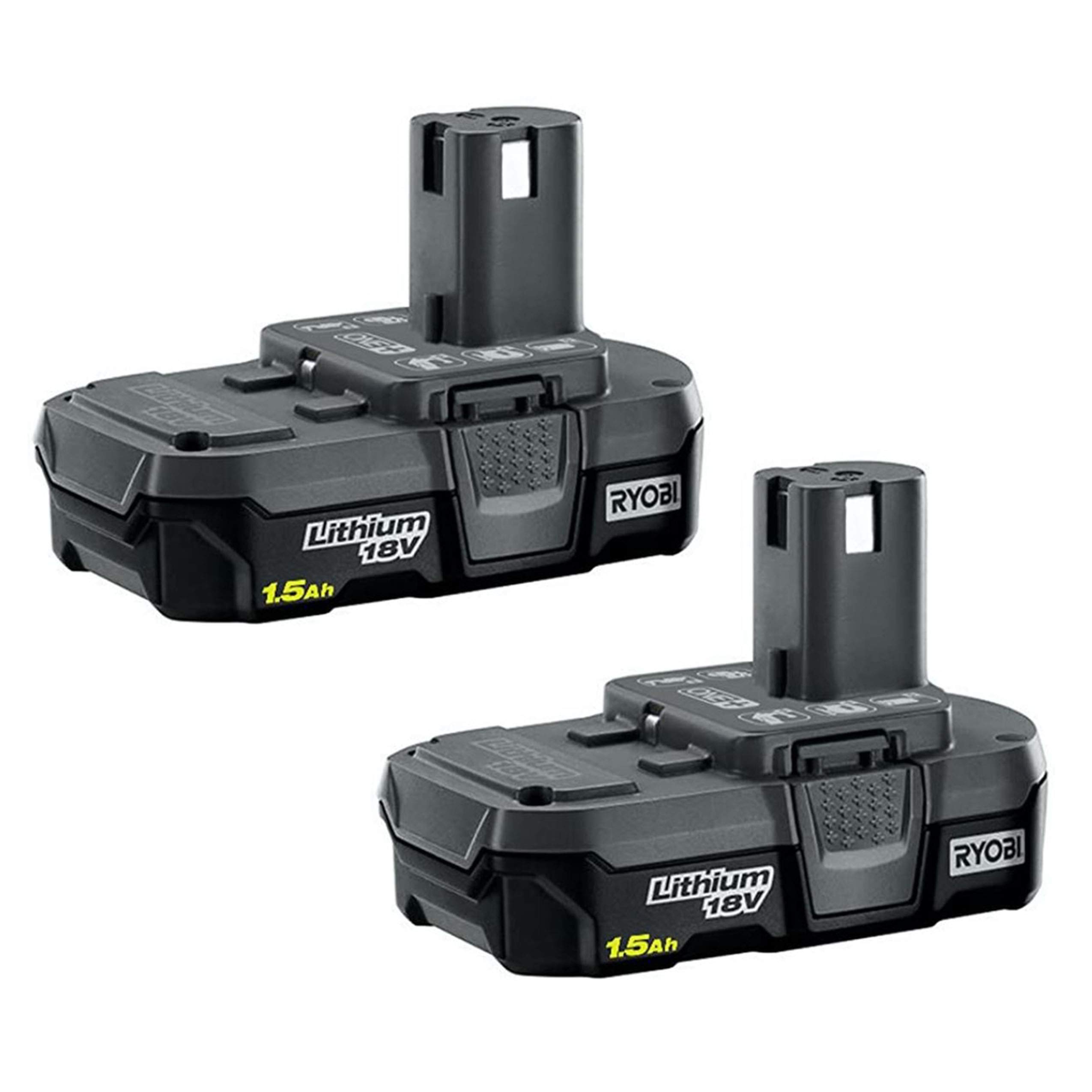




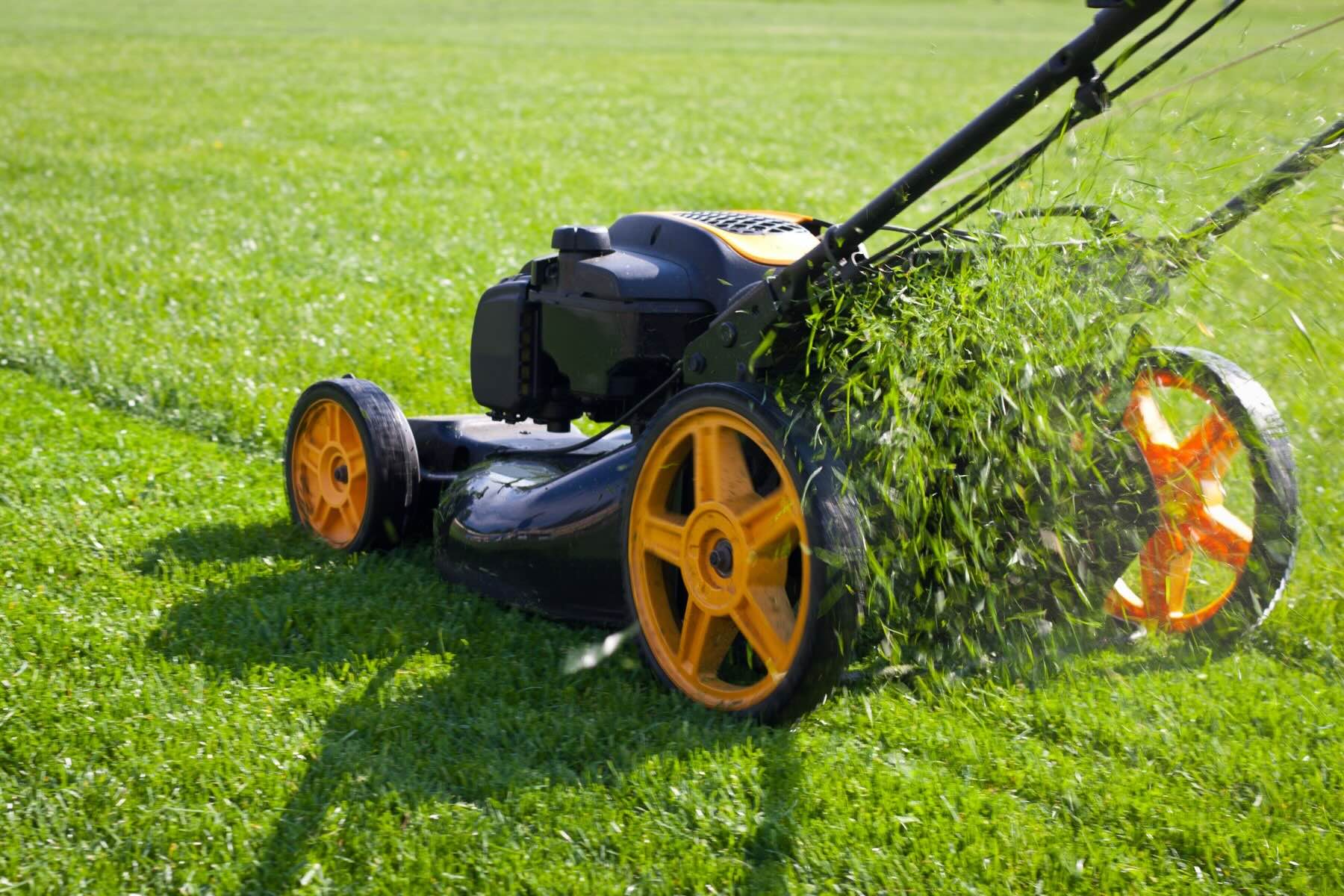
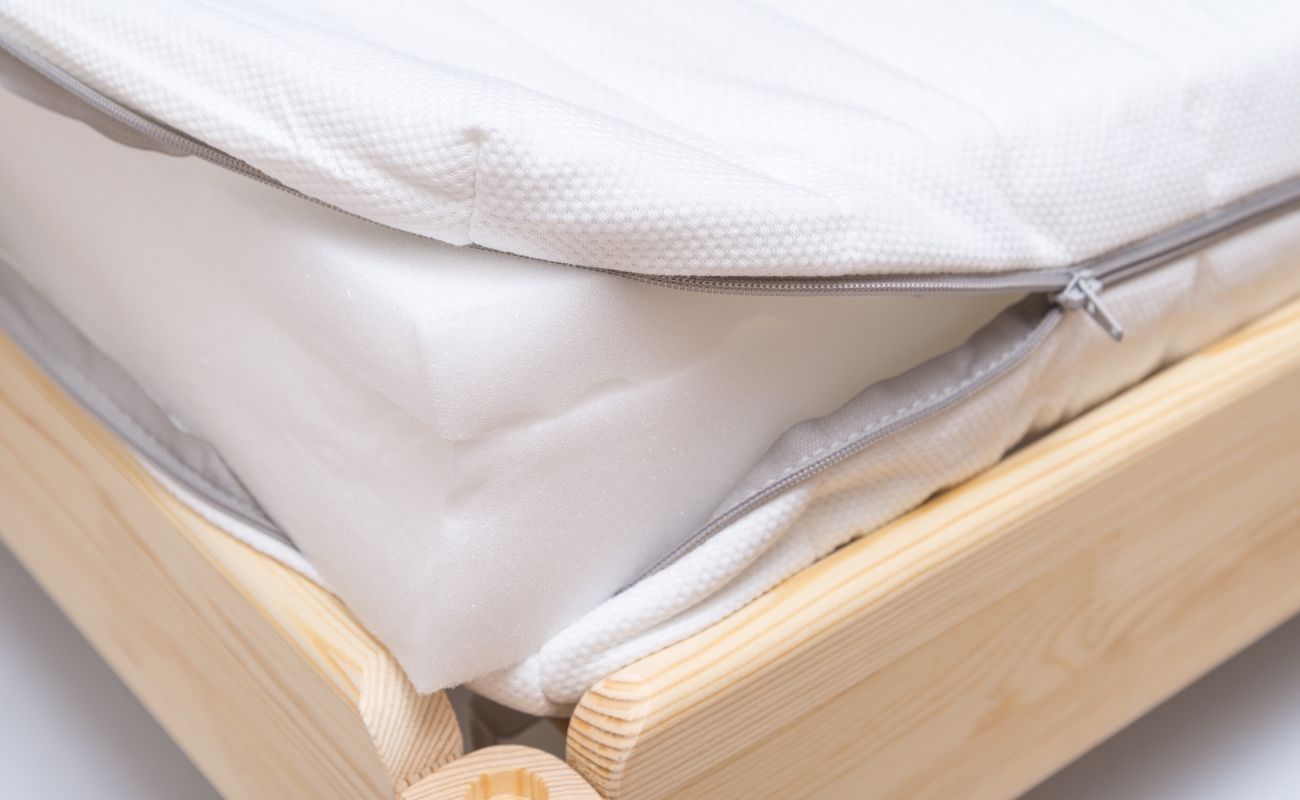




0 thoughts on “How Long Does Ryobi Fan Last”